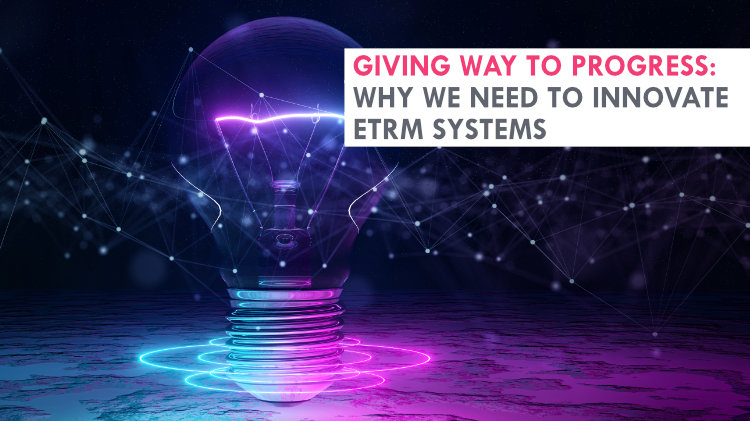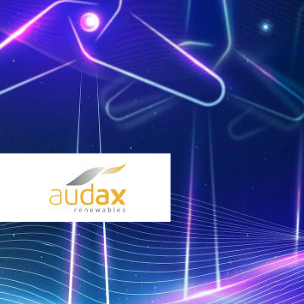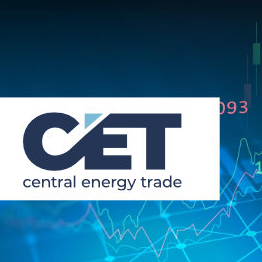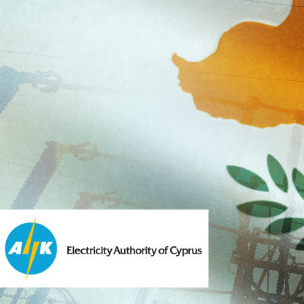
Energy Trading and Risk Management (ETRM) solutions, as their name suggests, are supposed to support the trading and risk management of commodities. Recent changes in business needs, technology and software procurement, however, have shown that earlier ETRM systems are often outdated and cannot guarantee efficient operations. When what should protect you from risk has itself become a risk, you can be sure that something needs to change.
The new circumstances require that businesses rethink their approach to ETRM technology and shift to a different breed of ETRM. The ongoing growth in renewable energy generation changes the dynamics of power trading: for the integration of volatile renewables, intraday markets are needed where continuous trading and last-minute adjustments are possible. Now an absolute must, speed was not a prerequisite earlier, and so old ETRM systems were not optimized for fast performance. Using a fast algo-trader with a slow system is not the optimal solution either; it’s like having a race car pulled by a horse. Automating means going the whole nine yards: all of the related systems need to be automated, and your data also has to fit the new model by being fast to keep up with market speed and flexible to adjust to market changes. It is a real sea change that can only be accomplished with a radically different type of data infrastructure.
And monolithic legacy systems struggle on other fronts, not only with automation and data management:
- slow time to value - often, it can take years before you see any business benefits
- changing requirements - business needs change too fast for implementation to catch up, which can lead to shadow IT
- complex and risky implementation - the whole system is upgraded in one step
It is inevitable that these old monolithic systems give way to platforms that don’t have any of the above shortcomings. Additionally, they need to be able to cater to market players of all sizes, both new and old. Such “postmodern” ETRM architectures - freely named after Gartner’s coinage “postmodern ERP” - are already being offered by many software vendors for whom the need for new implementations represents both an opportunity and a challenge.
The new breed of ETRM
In marked contrast to its legacy counterpart, postmodern ETRM architecture is a modular system that allows for products to be developed from the ground up in order to deliver independent capabilities, and products are architected to encourage integration via APIs that are exposed to the entire enterprise. This means that integration is standardized and the duplication of core capabilities is avoided, which in turn leads to the reduced complexity of your overall framework, provides a pathway to rapid innovation and enables you to adapt to changing business requirements.
Once again, the importance of speed cannot be understated. In today’s fast-paced energy trading environment, IT architectures must be optimized for speed to enable higher performance. These new ETRM systems have to satisfy this need, and they do by being...
- enterprise scale (able to run on any device)
- cloud-based (as opposed to on-premise or SaaS solutions)
- agile-enabled (for fast and iterative development and implementation)
- customizable and integrable (allowing for APIs)
- accommodating to IT (seeing it as a partner to cooperate with)
- secure (complying with EU regulations)
Having shorter cycles both in development and implementation allows ETRM vendors to adopt new functionalities faster and expand capabilities to better manage (renewable energy) products and related agreements, which in turn means not only a reduction in expenses but also improved decision-making ability. Of course, vendors need to move beyond oil and gas, and that shift to renewable energy also means that ETRM services will have to be closely integrated with the solutions of transmission system operators that are responsible for real-time energy management. The management of Guarantees of Origins also needs to be considered, especially given that some products (e.g. biomethane or types of hydrogen) require complex and smart certificate management systems, not to mention that the issue of these guarantees is gradually approaching real time.
As energy transition and digitalization change the trading landscape, the ETRM vendor sector also needs to experience a disruption. Easier access to markets and the availability of data for players have made trading more democratic, and it’s now time for ETRM software solutions to undergo the same change.
Are you ready to update to a postmodern ETRM system that will keep you fit for the future? Contact us to learn more.




